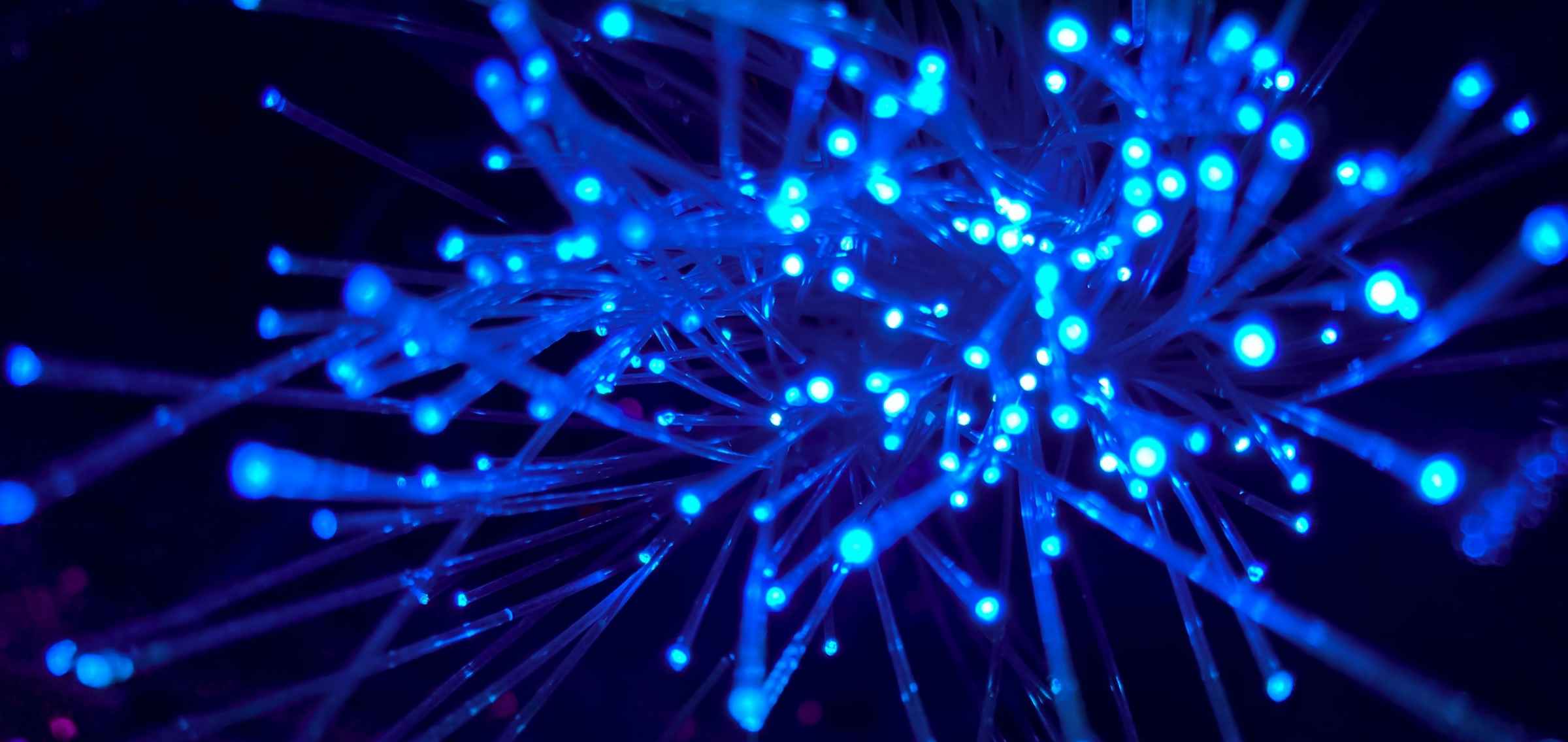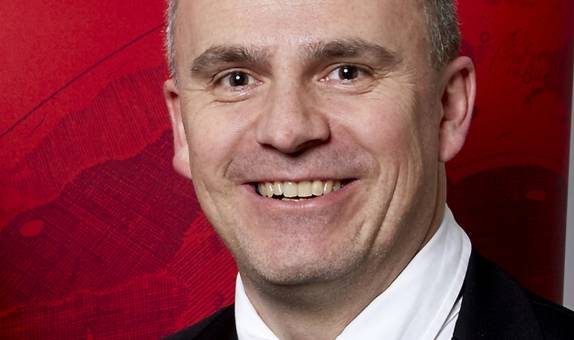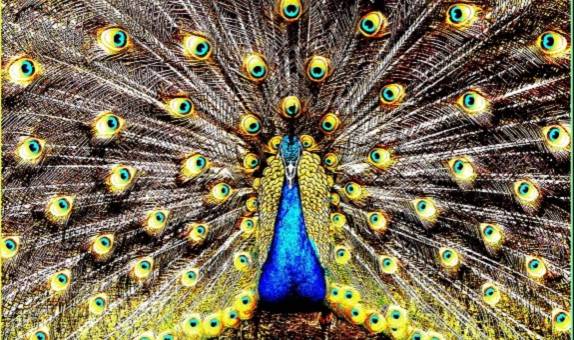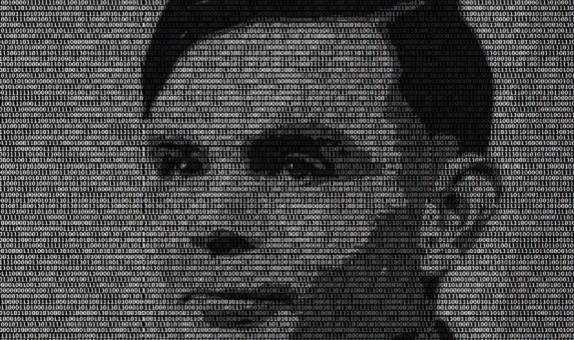Vision research theme
Expertise in computer vision has been developed across two decades with applications targeting broadly visual surveillance and medical imaging. Many recent projects have focused on machine learning-based computer vision, including deep learning, in domains such as visual analytics in the context of security in public spaces, processing of images captured by unmanned aerial vehicles, and quantitative medical imaging to aid diagnostics.
In addition computer vision is core to the development of augmented/virtual reality, which are other areas where we perform state-of-the-art research.
To support these activities, Kingston University invested in a 24 GPU-farm based on NVIDIA Titan and a High-Performance Computing facility with 768 cores (Xeon® Scalable Processors at 2.1 GHz, 8GB memory per CPU Core), a 10 Gbps Ethernet) and a useable storage capacity of 80TB.
Recent research projects
Recent research projects include:
 Intelligent computer vision improving security in crowded public events and agricultural practice on farms (Remagnino). This research has improved the welfare and economic prosperity of citizens across Europe (see Impact Case Study).
Intelligent computer vision improving security in crowded public events and agricultural practice on farms (Remagnino). This research has improved the welfare and economic prosperity of citizens across Europe (see Impact Case Study).
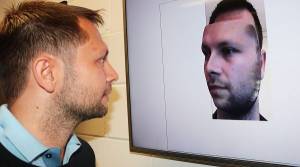 The design of a novel end-to-end 3D face reconstruction approach from a single 2D facial image based on a new CNN architecture (Argyriou). In 2017, it was presented at the prestigious International Conference on Computer Vision (ICCV).
The design of a novel end-to-end 3D face reconstruction approach from a single 2D facial image based on a new CNN architecture (Argyriou). In 2017, it was presented at the prestigious International Conference on Computer Vision (ICCV).
 The automation of retinal vessels morphology quantification (S. Barman). This was applied to the UK Biobank fundus image dataset (over 100,000 retinal images) and contributed to diabetic retinopathy as evidenced by a publication in the journal Computerized Medical Imaging & Graphics (2015).
The automation of retinal vessels morphology quantification (S. Barman). This was applied to the UK Biobank fundus image dataset (over 100,000 retinal images) and contributed to diabetic retinopathy as evidenced by a publication in the journal Computerized Medical Imaging & Graphics (2015).
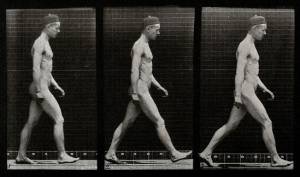 Research on modelling sets of multivariate sequences using nonlinear dimensionality reduction delivered a new approach addressing stylistic variations in time series (Makris and Nebel). Published in the journal IEEE Transactions on Cybernetics (2014), this work has applications beyond human motion analysis such as autonomous transport and other self-organising areas.
Research on modelling sets of multivariate sequences using nonlinear dimensionality reduction delivered a new approach addressing stylistic variations in time series (Makris and Nebel). Published in the journal IEEE Transactions on Cybernetics (2014), this work has applications beyond human motion analysis such as autonomous transport and other self-organising areas.
